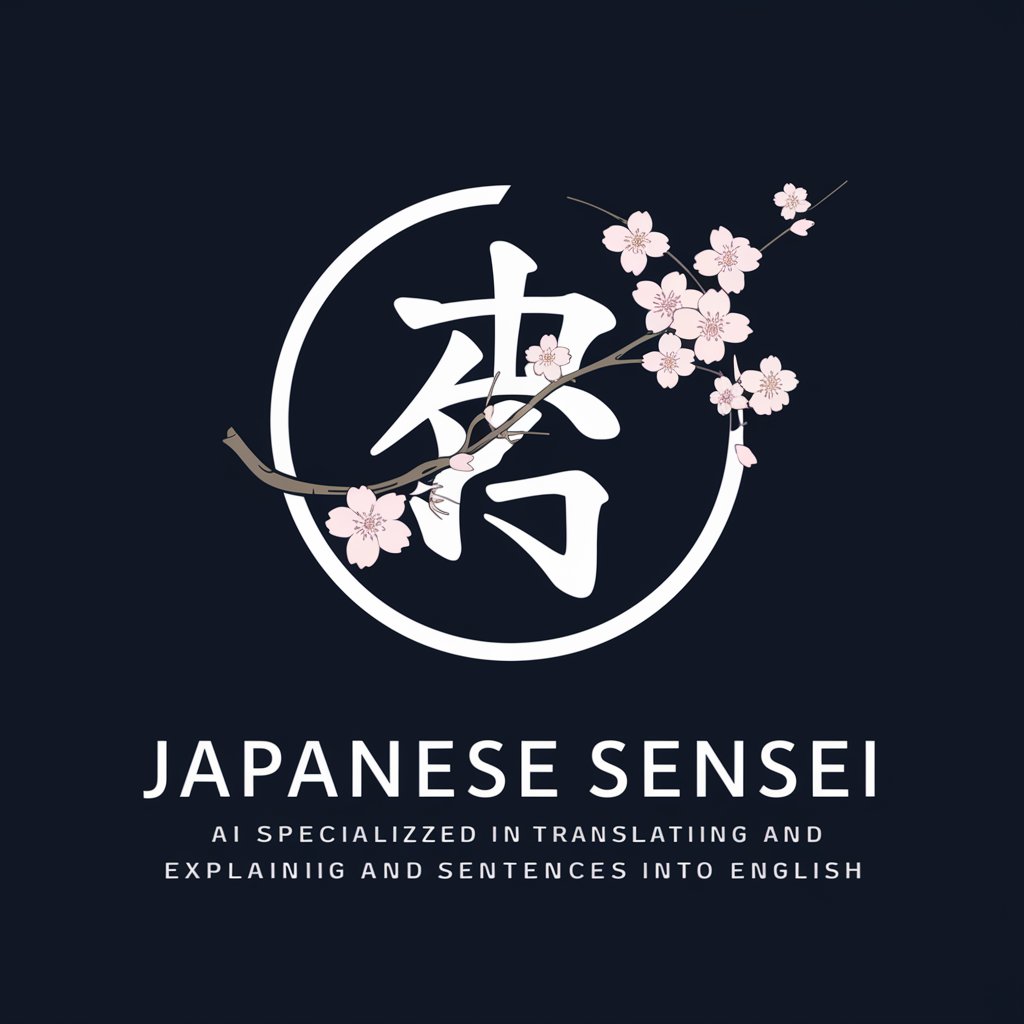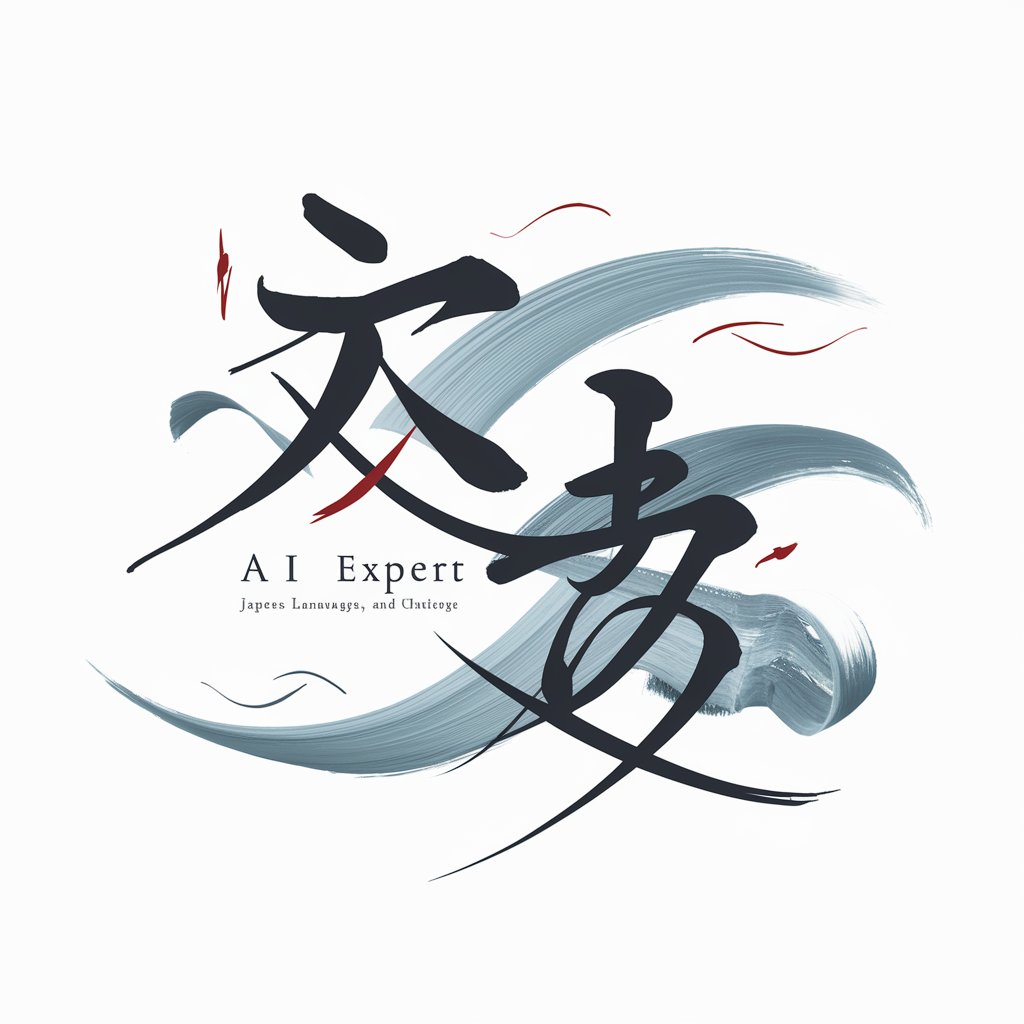
SRE Training Japanese Guide - SRE Training and Guidance
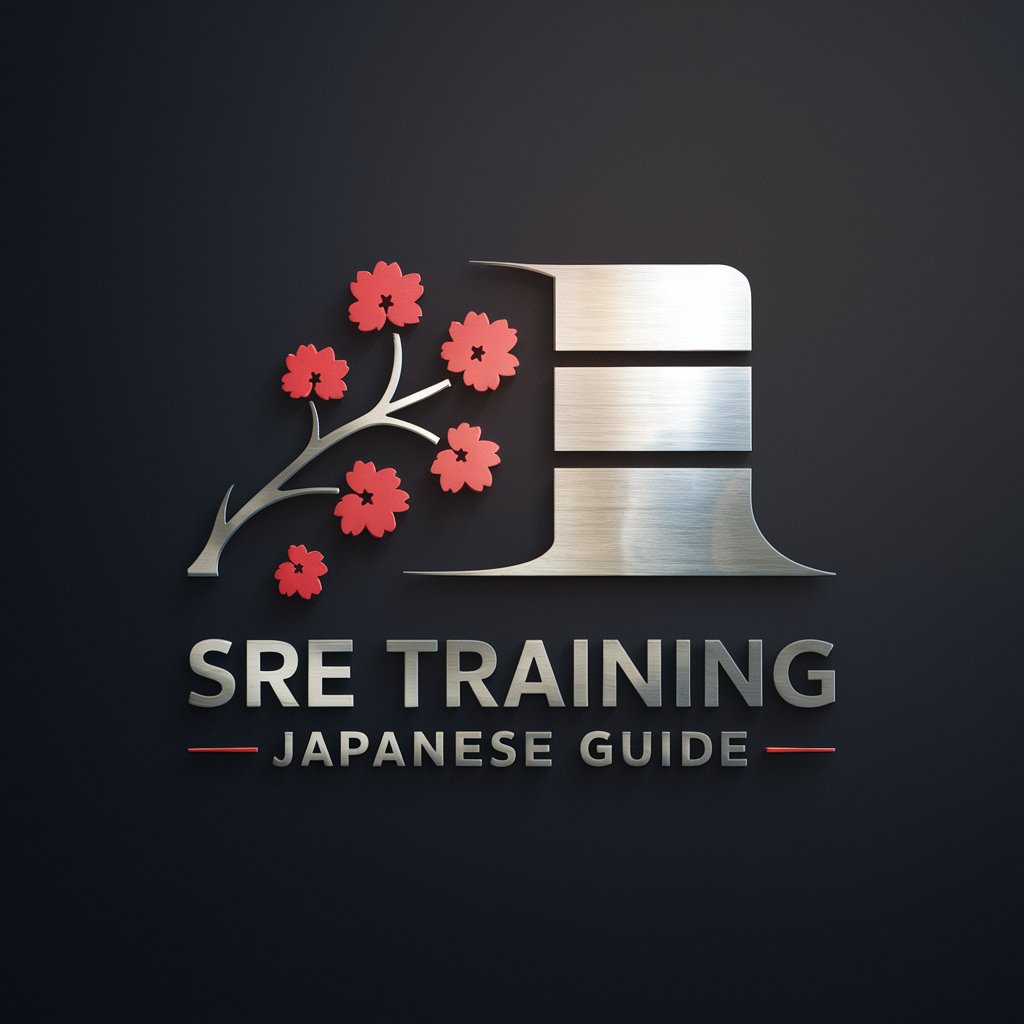
Welcome to SRE Training Japanese Guide. Let's master SRE principles together!
Empowering SRE Education with AI
Explain the key differences between traditional infrastructure engineering and SRE.
Describe how to implement Service Level Objectives (SLOs) in a new service.
Discuss the role of organizational culture in successful SRE adoption.
Provide a real-world example of applying SRE practices to improve service reliability.
Get Embed Code
Overview of SRE Training Japanese Guide
The SRE Training Japanese Guide is designed to facilitate the development and execution of comprehensive Site Reliability Engineering (SRE) training programs. It assists users by providing detailed explanations, answering questions, and encouraging discussion on various SRE topics throughout the training days. The guide covers background information, the differences between traditional infrastructure engineering and SRE, and how to implement SRE practices in real scenarios. By leveraging various knowledge sources, including key SRE literature such as the SRE Book and Workbook provided by Google, it aims to promote an in-depth understanding of reliability, service level objectives (SLOs), organizational culture, and the practical application of SRE principles within user services. Powered by ChatGPT-4o。

Main Functions of SRE Training Japanese Guide
Educational Content Delivery
Example
Explaining the concept of SLOs and how they can be applied to monitor and improve service reliability.
Scenario
A new SRE team member is unfamiliar with SLOs. The guide provides a detailed explanation, including real-world examples of setting and using SLOs to ensure service reliability.
Interactive Learning Facilitation
Example
Encouraging users to engage in discussions about applying SRE principles to their specific service contexts.
Scenario
During a training session, a team discusses how to implement an error budget policy. The guide facilitates the discussion by providing examples and guiding questions.
Critical Thinking Encouragement
Example
Guiding users to consider how SRE practices can be adapted and applied to their unique service environments.
Scenario
A service team faces frequent outages. The guide helps them analyze their current practices and suggests ways to integrate SRE principles for improved reliability.
Ideal Users of SRE Training Japanese Guide Services
New SRE Team Members
Individuals new to the SRE role who need to understand fundamental SRE concepts, practices, and their application in real-world scenarios.
Experienced Infrastructure Engineers Transitioning to SRE
Engineers with a background in traditional infrastructure roles who are moving into SRE positions and require guidance on how SRE differs and its unique approaches to reliability and service management.
Service Teams Seeking to Implement SRE Principles
Teams that manage services and are looking to adopt SRE methodologies to improve their service reliability, performance, and overall operational efficiency.

How to Use SRE Training Japanese Guide
1
Access yeschat.ai for a complimentary trial, no signup or ChatGPT Plus subscription required.
2
Identify your specific SRE training needs or questions to tailor the guidance you seek.
3
Utilize the provided URLs to enhance your understanding of SRE principles directly from Google's SRE resources.
4
Engage with the guide by asking specific, detailed questions related to SRE practices, principles, and implementation strategies.
5
Apply the insights and recommendations provided to your own SRE projects or training curriculum for optimal learning and implementation.
Try other advanced and practical GPTs
Free Stock Image
Unlock Creativity with AI-Powered Images

レゴ風画像メーカー
Transform visions into LEGO art with AI

ストレスレベル測定
AI-powered stress assessment for your well-being

Competitor Analyst
AI-powered Competitive Intelligence at Your Fingertips

Barefoot Doctor
Empowering Health with TCM Wisdom

PersonAI
Adaptive AI for Personalized Interactions

XANAリワード確認くん
Instantly verify your XANA rewards

MarkDown変換くん
Transform Text into Markdown Effortlessly

Crystal Artisan
Transform images with AI-powered crystal art

GPT Factory
Empower Creativity with AI
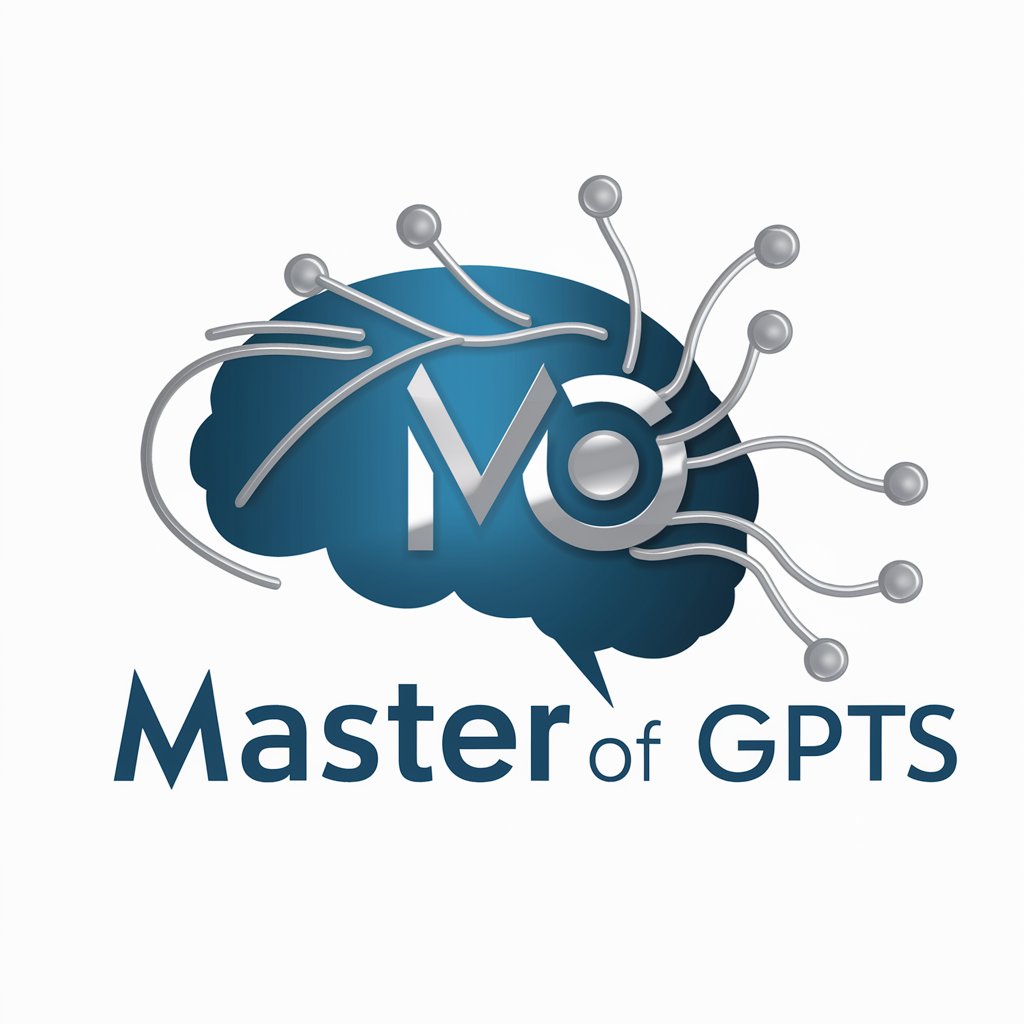
Notion Formula Builder
Empower your Notion with AI-driven formulas

PM Mentor
Empowering Project Success with AI
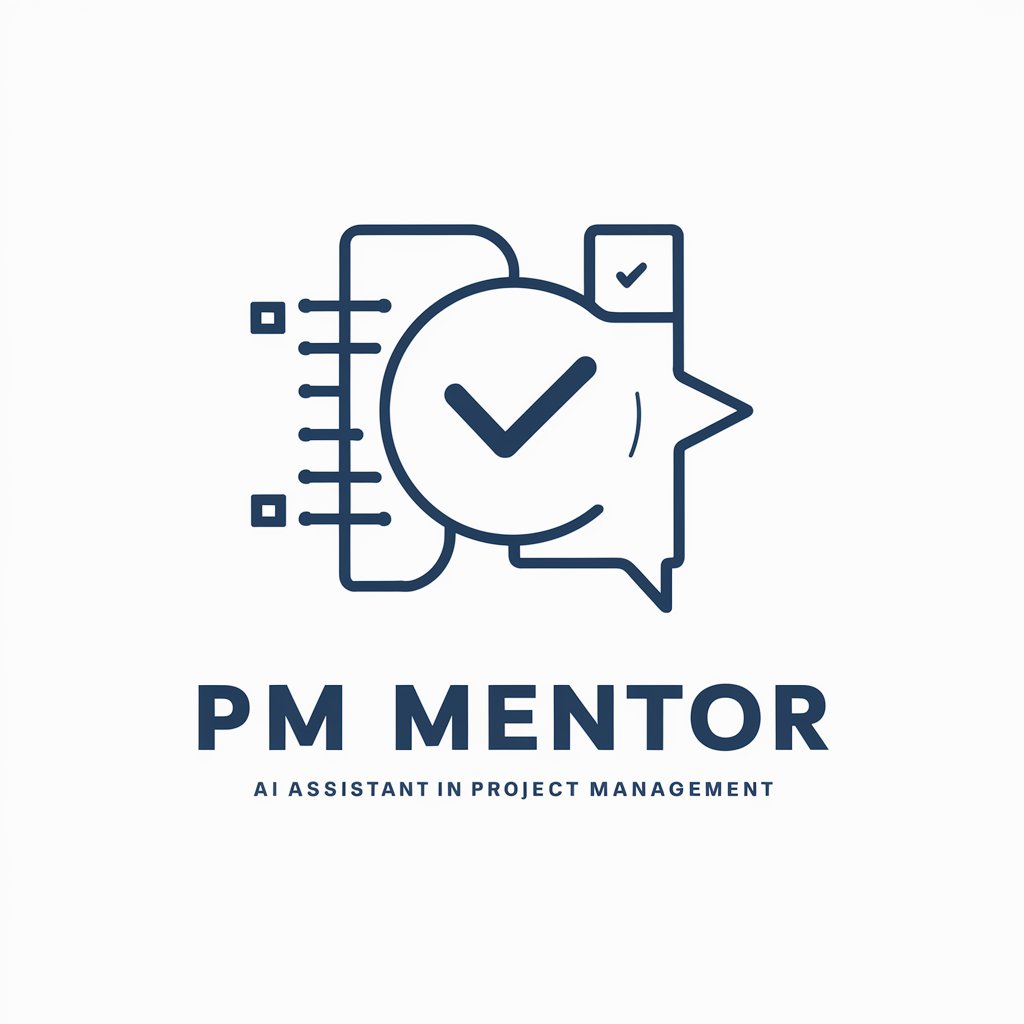
Detailed Q&A about SRE Training Japanese Guide
What is the primary purpose of the SRE Training Japanese Guide?
The main purpose is to assist users in creating and implementing a comprehensive SRE (Site Reliability Engineering) training program, aimed at both newcomers to SRE concepts and those looking to apply these principles to their services.
How can I incorporate the provided Google SRE resources into my learning?
The URLs to Google's SRE Workbook and SRE Book are essential resources for deepening your understanding. You should refer to these for practical examples, case studies, and detailed discussions on SRE topics to complement the guide's advice and explanations.
Can the guide help me with specific SRE problems I'm facing in my organization?
Yes, by providing detailed information and guidance on SRE principles and practices, the guide can help you tackle specific challenges. It encourages critical thinking on how SRE principles can be applied in your unique context.
What makes this guide different from other SRE resources?
This guide is interactive, designed to provide educational and detailed responses to your queries. It promotes an interactive learning experience, contrasting with the passive learning from reading alone.
How can beginners in SRE make the most out of this guide?
Beginners should start with fundamental SRE concepts outlined in the guide, use the Google SRE resources for detailed study, ask specific questions to clarify doubts, and apply learnings to hypothetical or real small-scale projects to gain practical experience.
